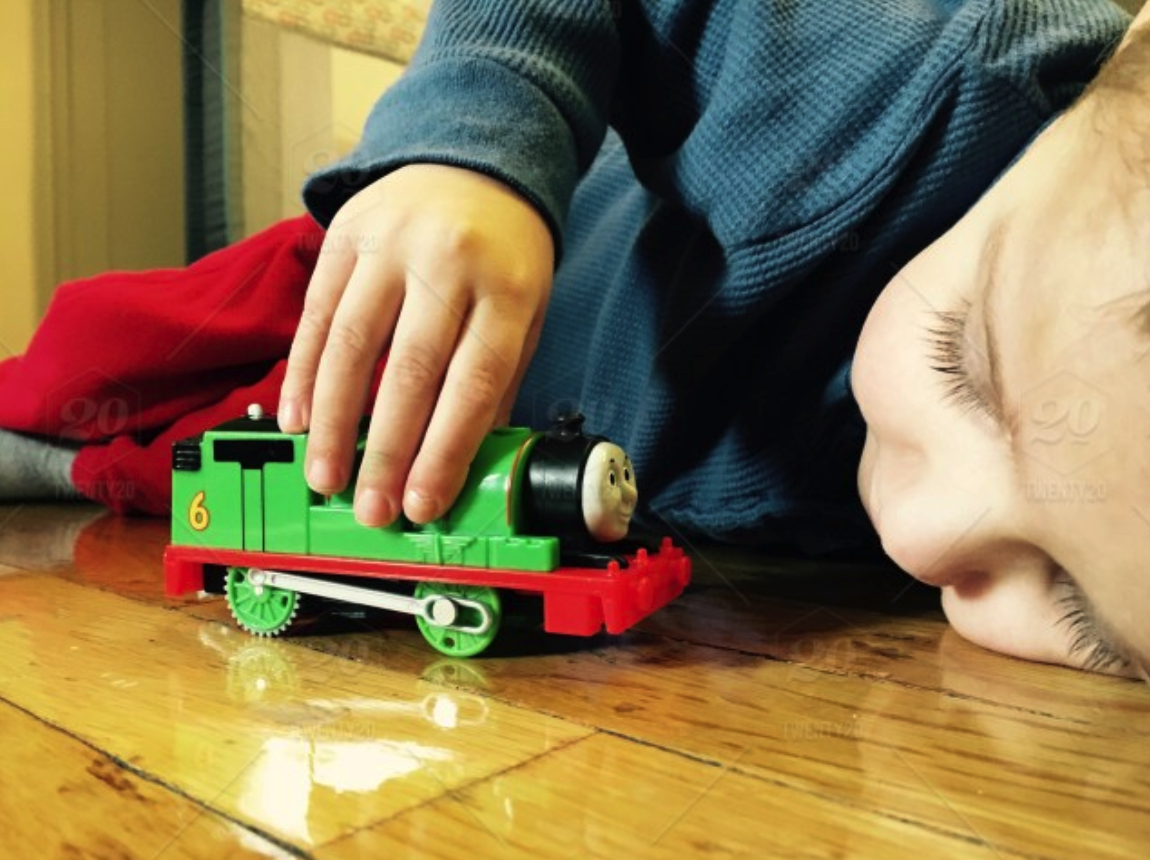In simple terms, ABA therapists change a behavior by changing what happens before and after the behavior occurs to make it either more or less likely to occur again. The idea is to make sure when desirable behavior occur, they result in a favorable outcome and when undesirable behaviors occur, they do not result in a favorable outcome.
The technical tool for changing behavior in ABA is the 3 term contingency or ABC. This stands for antecedent (what happens before a behavior occurs), the behavior and the consequence (what happens after a behavior occurs). This contingency also called a discrete trial, is the main component used by ABA therapist. Whether you are working at the table or in the natural environment, every behavior must have these three things when using ABA.
When an ABA therapist wants to change a behavior, they change either the antecedent, the consequence or both.
When you are changing the antecedent behavior, you are making it more likely and easier for a desirable behavior to occur. For example, if you want a child to leave the house without protesting, you might show him or her a picture of where you are going. Another example would be that if you want to practice having a child ask for a cookie, you might reserve cookies only for when working on requesting to make it even more enticing. A final example might be to arrange the therapy room free of distractions and noises. In all of these situations, you are making it easier for the child to engage in a desirable behavior.
Sometimes antecedent modifications are also used to prevent a behavior from occurring. For example, you might have a child wear gloves who scratches their skin. You may paint their nails with a yucky tasting polish if they chew them or provide frequent breaks before a child gets upset who tantrums often.
Antecedent modifications are the most important part of any ABA program. They should always be the focus of any ABA therapist. Why wouldn’t you do everything you can to make a behavior that you are teaching easier to learn? With the correct antecedent modifications, you can make it far more likely a child will engage in the behavior you want him to and far less likely to engage in behaviors you don’t want to see. The best way to address behavior is proactively. Nobody would want a child to engage in undesirable behaviors that are often upsetting (and sometimes dangerous) to the child, families and even therapist. It is simply common sense and it is also the best practice in ABA.
Unfortunately, you can’t always prevent behaviors from occurring. As soon as a behavior occurs, whether it is desirable or undesirable the way to change it is through a consequence manipulation. When you are trying to increase a desirable behavior, you use reinforcement and when you are trying to decrease a behavior, you use behavior reduction.



